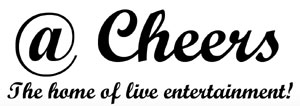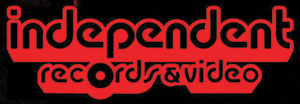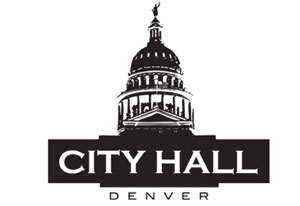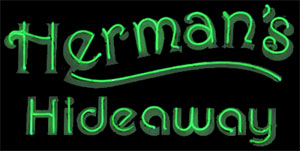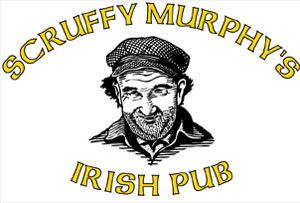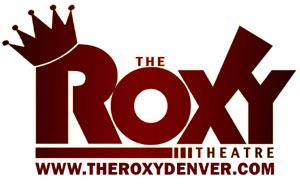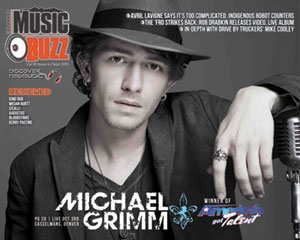Why Jazz Matters: Track 4
by Norm Provizer
In its Michael Jackson obituary, The New York Times noted that the singer’s Thriller disc had sold, across the planet, to date, some 100 million copies. While that figure has been debated, there is a general consensus that Thriller has, at least, sold somewhere in the neighborhood of 55-to-65 million copies. Either way, that’s a lot of albums; and either number easily puts Jackson’s 1982 disc in the number one slot when it comes to album sales. And considering the changes that have taken place in how we purchase and listen to music, you might well wager that the Thriller numbers will never be surpassed.
But as much as people know about Thriller, there are many who might be surprised that the person who produced the album is someone who entered the world of music as a jazz trumpeter and arranger. That someone would be Quincy Jones, who also produced Jackson’s 1974 disc Off the Wall and his 1987 recording Bad. Over time, of course, Jones travelled from jazz into the world of pop music, as well as into the arena of film and television scores and even the production of the 1985 We Are the World session that brought 46 pop and rock superstars together in the studio to benefit the victims of the drought in Ethiopia.
Born in Chicago in 1933, Jones ended up in Seattle with his family. It was there that Q, as a young teenager, bugged Ray Charles and jazz trumpeter Clark Terry into giving him lessons. After high school, he tried out Seattle University before receiving a scholarship to what was then known as the Schillinger House in Boston (now called the Berklee College of Music). Like so many players who attend the famed jazz school in Boston, Jones was quickly out of the classroom and on the road with a jazz group. In his case, it was the Lionel Hampton band and he toured Europe with Hampton.
Also, during this time, Jones put his arranging talents to work when he was hired to come to New York with a couple of charts for the great jazz bassist Oscar Pettiford. In the Big Apple, Jones met his musical gods, players like Miles Davis, Art Blakey, Kenny Dorham, Art Tatum and Charlie Mingus. He was also introduced to the world of the alto saxophone giant Charlie Parker. Bird, as Parker was known, was hanging out with Jones in front of an old tenement when he convinced the young visitor that it was not safe to carry around money in the city. Jones gave Bird the $17 he had left for safekeeping and Bird, and his habit, disappeared into the building and never returned.
Still, in his early 20s, Jones joined the Dizzy Gillespie as a trumpeter and music director for a tour that included the Middle East and South America. Then, right before the 1950s ended, Jones was asked to put together big band for a European tour of the musical Free and Easy prior to a planned opening on Broadway. Jones filled the band with jazz luminaries and headed across the Atlantic.
Things went well with some concerts by the big band and the early performances of the play. But in Paris, it all fell apart. The show folded and everyone was returning to the America. Jones, however, had another idea. This was a great orchestra and he wanted to keep touring Europe with it. The players agreed and thus began a 10-month adventure of living on the edge without money and frequently without food. As Jones put it, “We had the best jazz band on the planet, and yet we were literally starving. That’s when I discovered that there was music, and there was the music business.”
Back in the USA, there was some touring with the band and a new job as the head of A&R (artist and repertoire) at Mercury Records. While Jones brought a number of jazz artists to the label, the position also opened the door to a pop career that would bring him to Michael Jackson.
Still, with all his success, Jones never forgot his jazz roots. He helped convinced trumpeter Miles Davis that is was time to recreate the majestic music produced by the trumpeter’s large-ensemble collaborations with arranger Gil Evans (who died in 1988). That project produced a performance of those works at the Montreux Jazz Festival in 1991, just months before Davis died. As Jones would write in his autobiography, “Conducting Gil’s orchestrations for Miles was one of the most gratifying experiences in my career.” Sometimes there are moments in music even more rewarding than sales.
In the 1960s, George Benson emerged as perhaps the most exciting guitarist on the jazz scene. During the 1970s, Benson used voice and guitar to break through to an audience that went well beyond traditional jazz fans. In fact, you might still find yourself singing his version of “On Broadway.” On July 19, Benson is the headliner at the Winter Park Jazz Festival that also runs on July 20. He remains a superb guitarist. Speaking of guitarists, Pat Metheny is on tap at the Arvada Center on July 25 as part of its summer series. He is there with his Unity Band that has Chris Potter on saxophone. Additionally during the month, the drumming Heath brother, Albert “Tootie” Heath, has a trio at Dazzle on July 9-10. The pianist with trio is Ethan Iverson, widely known as a part of The Bad Plus.
Category: Buzzworthy







